The Snug Has Become a Favored Layout Feature—Here’s Why
It’s a space that goes by many names—nook, library, lounge, snug. No matter what you call it, this secondary living space is poised for a comeback. Learn how designers are incorporating the snug into modern layouts to foster greater privacy, relaxation, and comfort within the home.
Design by Anne McDonald Design, Photography by Haris Kenjar
In many ways, the snug represents a broader shift in interior design. Following the pandemic, there’s been a move away from the popular open-concept layout in favor of traditional enclosed rooms that offer privacy, functionality, and a much-needed sense of retreat. This post-pandemic shift has created opportunities for more intimate spaces within homes, signaling the return of the snug.
Quintessentially British, the snug serves multiple purposes: it can function as a small office, a library, overflow space for hosting, or even a guest room in a pinch. Designers are beginning to thoughtfully incorporate these small yet versatile spaces into homes, proving there’s no such thing as wasted space.

Design by Anastasia Casey, Photography by Lindsay Brown
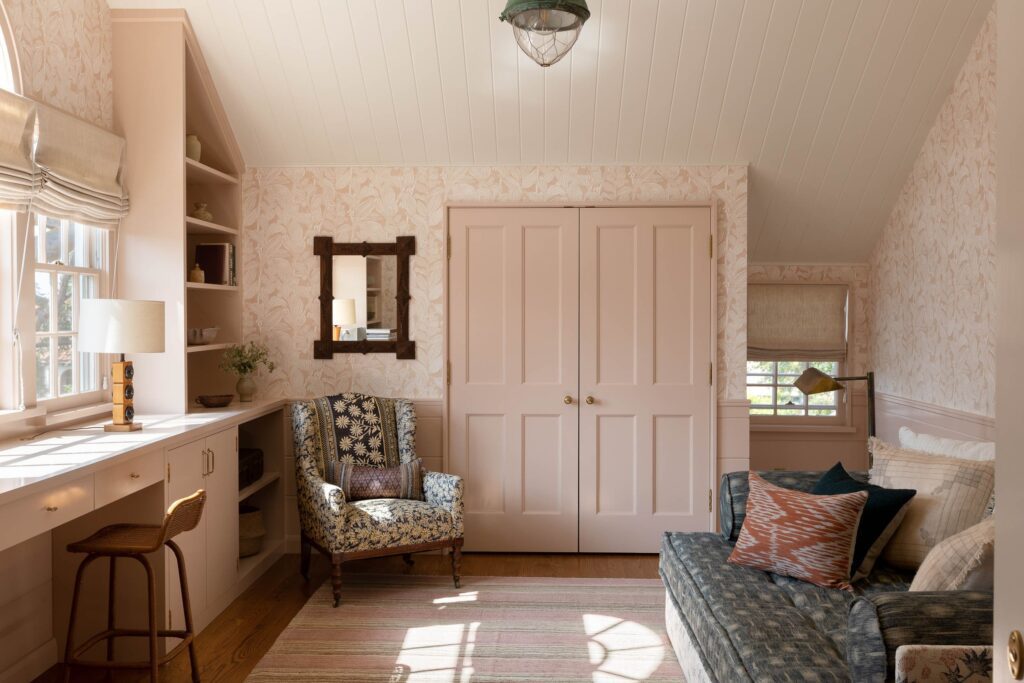
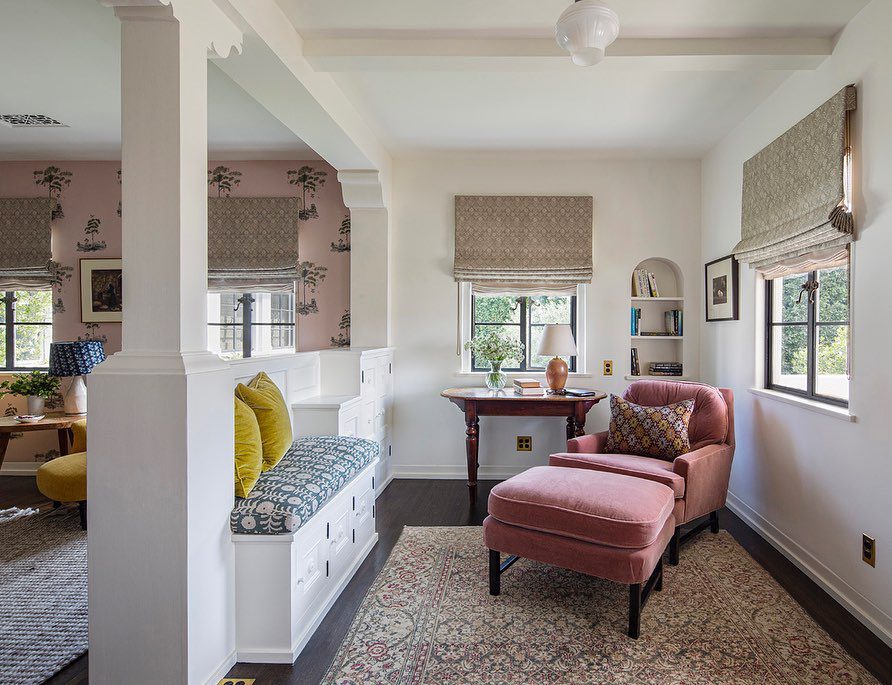
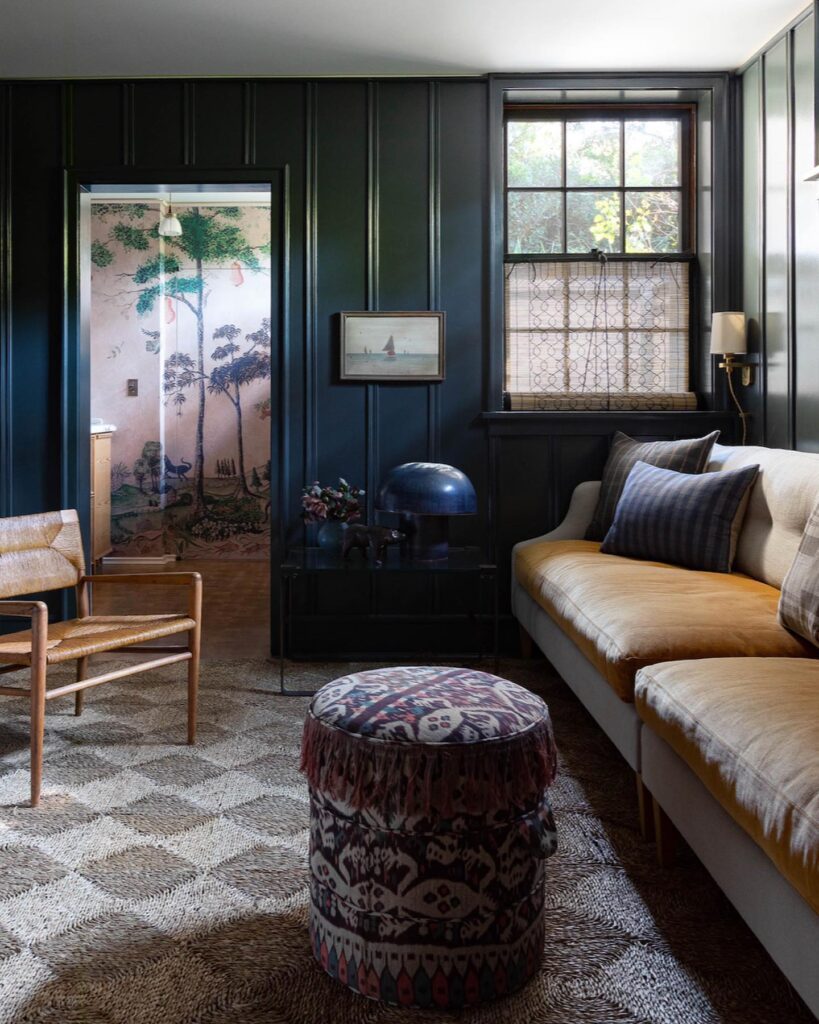
Design by Kristen Panitch Interiors, Photography by Jessica Isaac + Tim Street-Porter
What is a Snug?
Much like a nook or compact office, a snug refers to a cozy, more intimate space tucked within the larger footprint of a home. Originating in Britain, this concept remains a staple of European design. Typically situated adjacent to the kitchen or dining area, the snug is designed to provide a comfortable spot for relaxation, reading, or informal gatherings. The term “snug” is also used to describe upstairs attics or small alcoves adjoining a primary suite. Its small size and secluded nature make it an ideal retreat within the home, offering privacy and warmth.

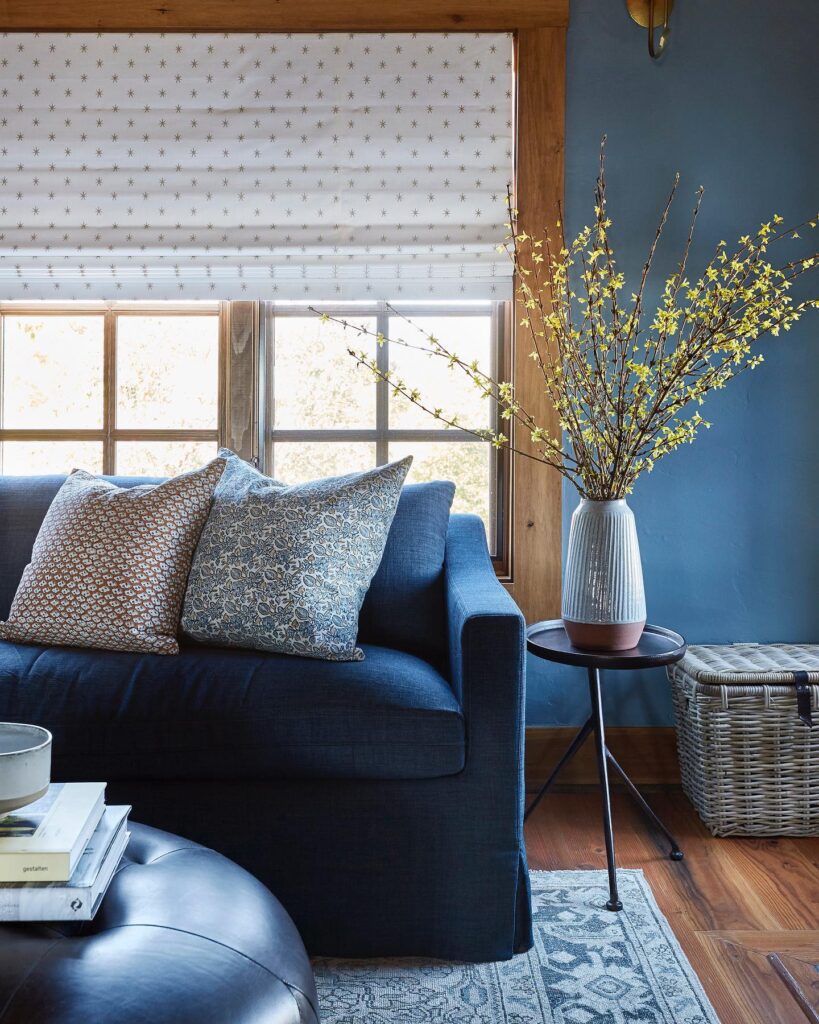

Design by Katie Monkhouse / Photography by Margaret Austin
The Defining Characteristics of a Snug
The concept of a snug differs from a living room in several ways:
- SIZE: A snug is typically a smaller, enclosed room that is separated from the main living or dining area. It’s more cozy and intimate for relaxation.
- SEATING: In a snug, you can usually expect to find a comfortable sofa and plush armchairs for socializing or unwinding with a book.
- LIGHTING: The lighting in a snug is often low and ambient, creating a relaxed environment. Additional task lighting may be incorporated for reading.
- FUNCTION: Snugs are designed to be versatile spaces that can be used for many different purposes, like intimate gatherings, reading, or simply enjoying a peaceful retreat within the home. The snug can also function as a separate workspace for WFH days.
- DESIGN: You’ll often find moody hues and bold design moments in a snug. The small footprint creates an incredible opportunity to go a bit bolder and more daring than you would in a formal living room. Color drenching and pattern mixing are common features in this space.
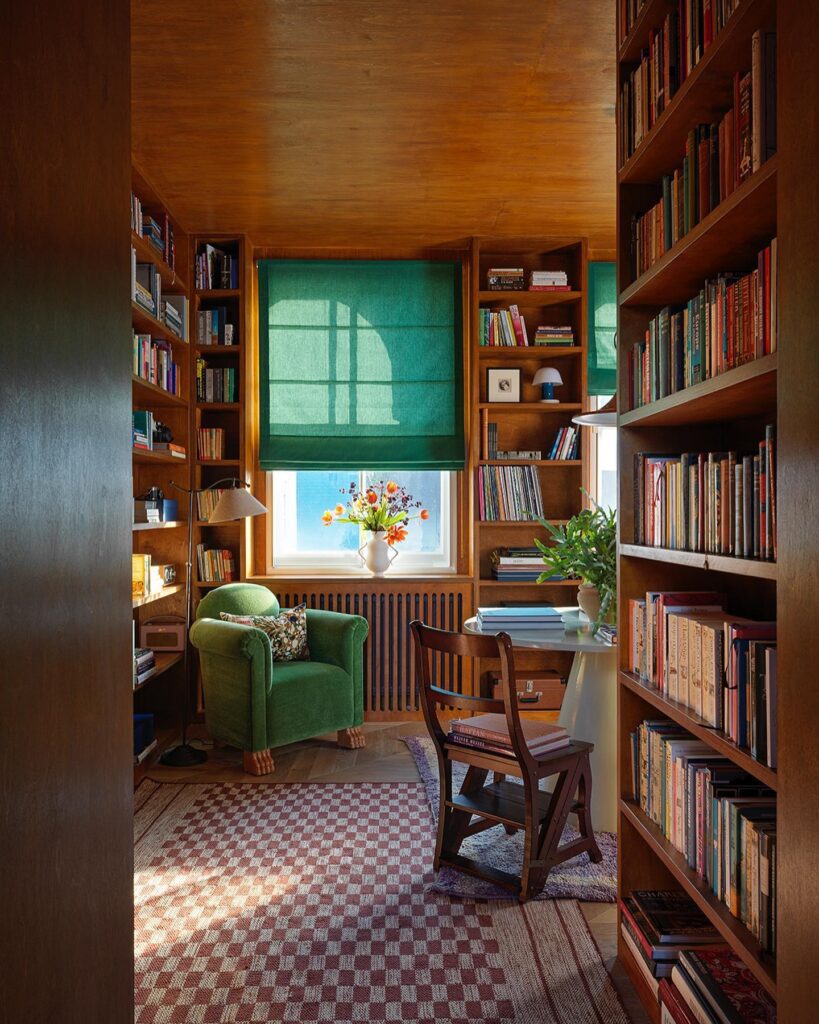
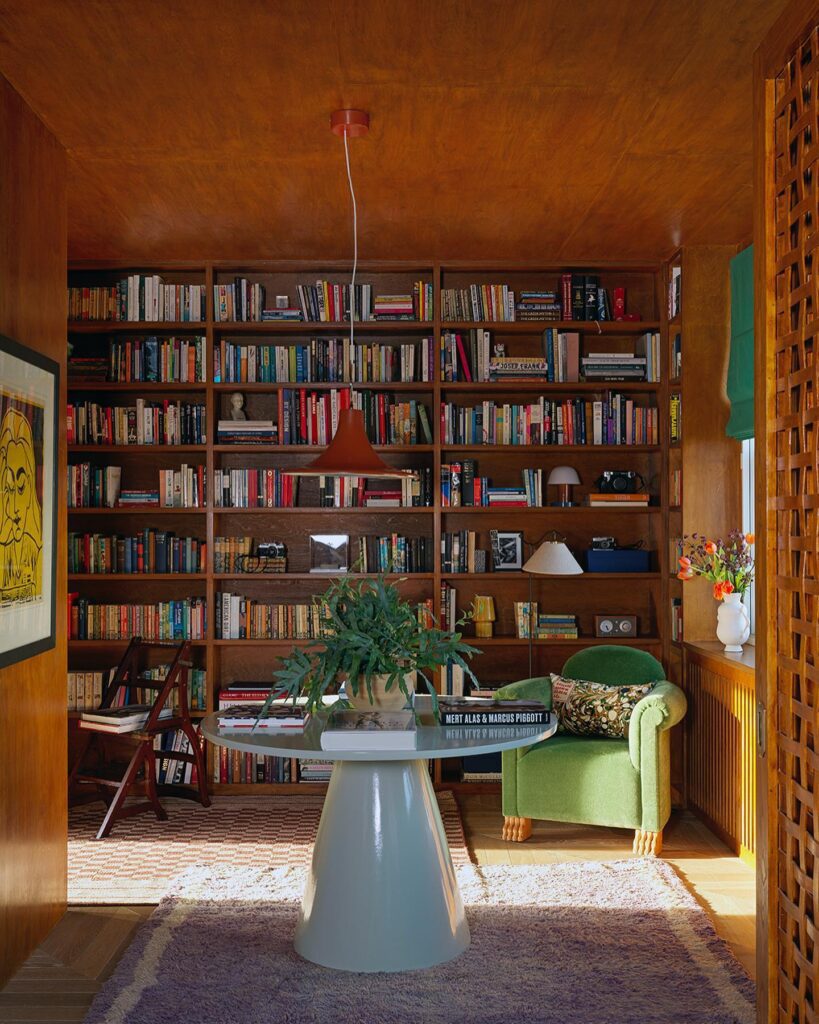
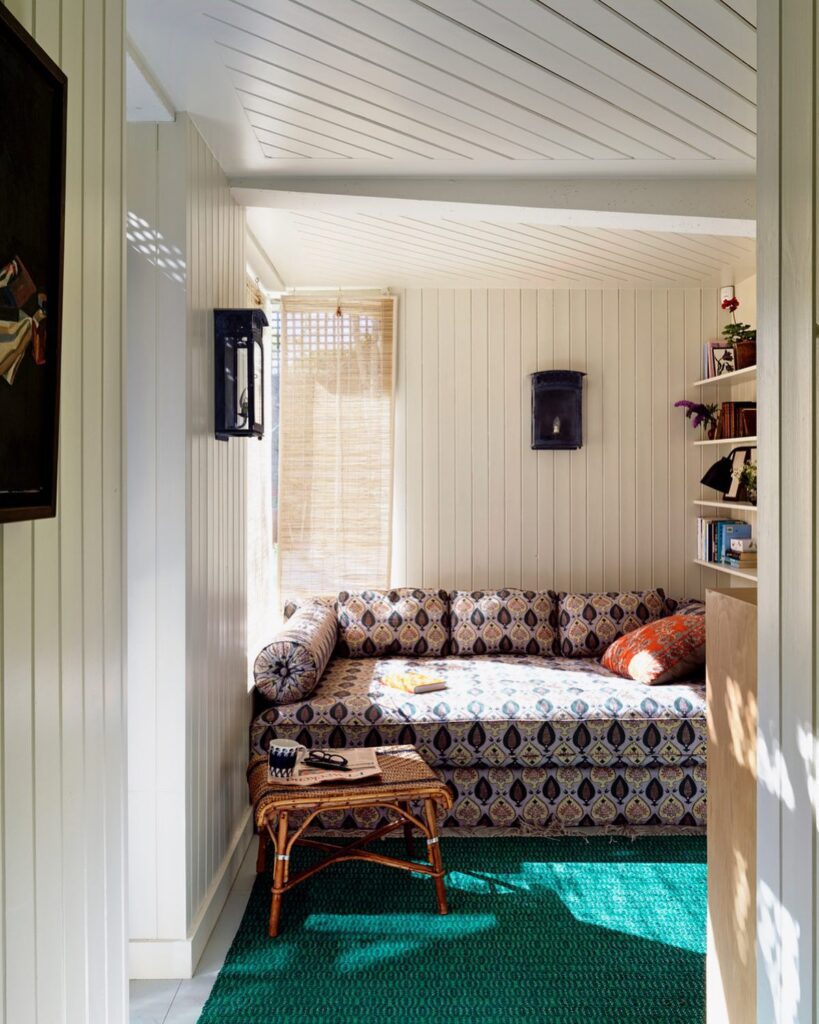
Design by Beata Heuman, Photography by Simon Brown
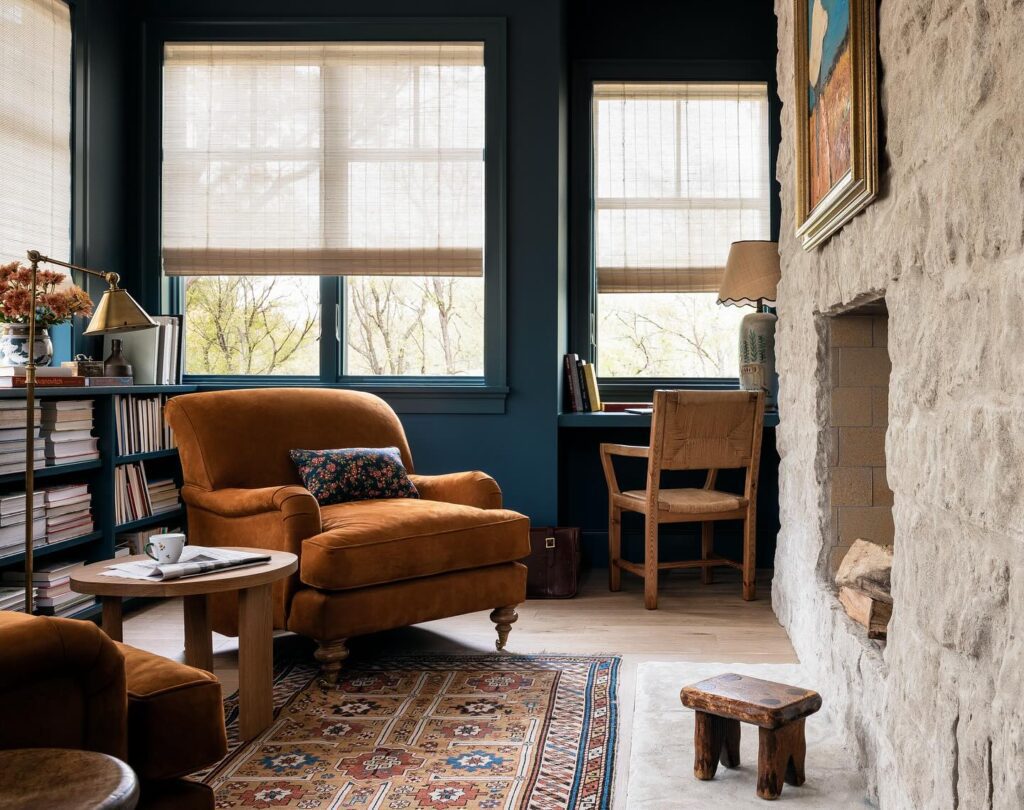
Design by Anne McDonald Design, Photography by Haris Kenjar
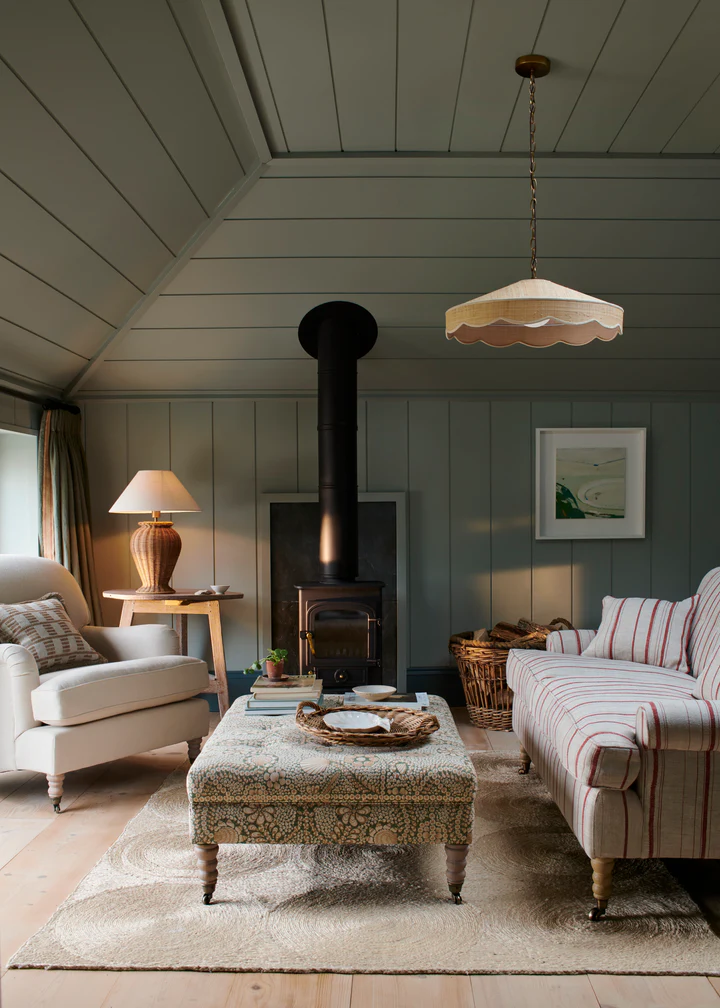
Design by Neptune
Designing the Snug for The Austin Tudor
When designing the snug at the Tudor, I saw an opportunity to create a ‘moment’ within our home. The enclosed nature of the snug gave me permission to play with color and pattern in ways I wouldn’t have in the larger, more defining living areas. We reworked the layout to accommodate this color-saturated lounge, which has become one of our most-used spaces day-to-day. It provides a quiet work-from-home space and doubles as an entertaining area when hosting parties—the perfect multifunctional space for our needs. The purple linen sofa anchors the space and can even function as an extra guest bed when needed.
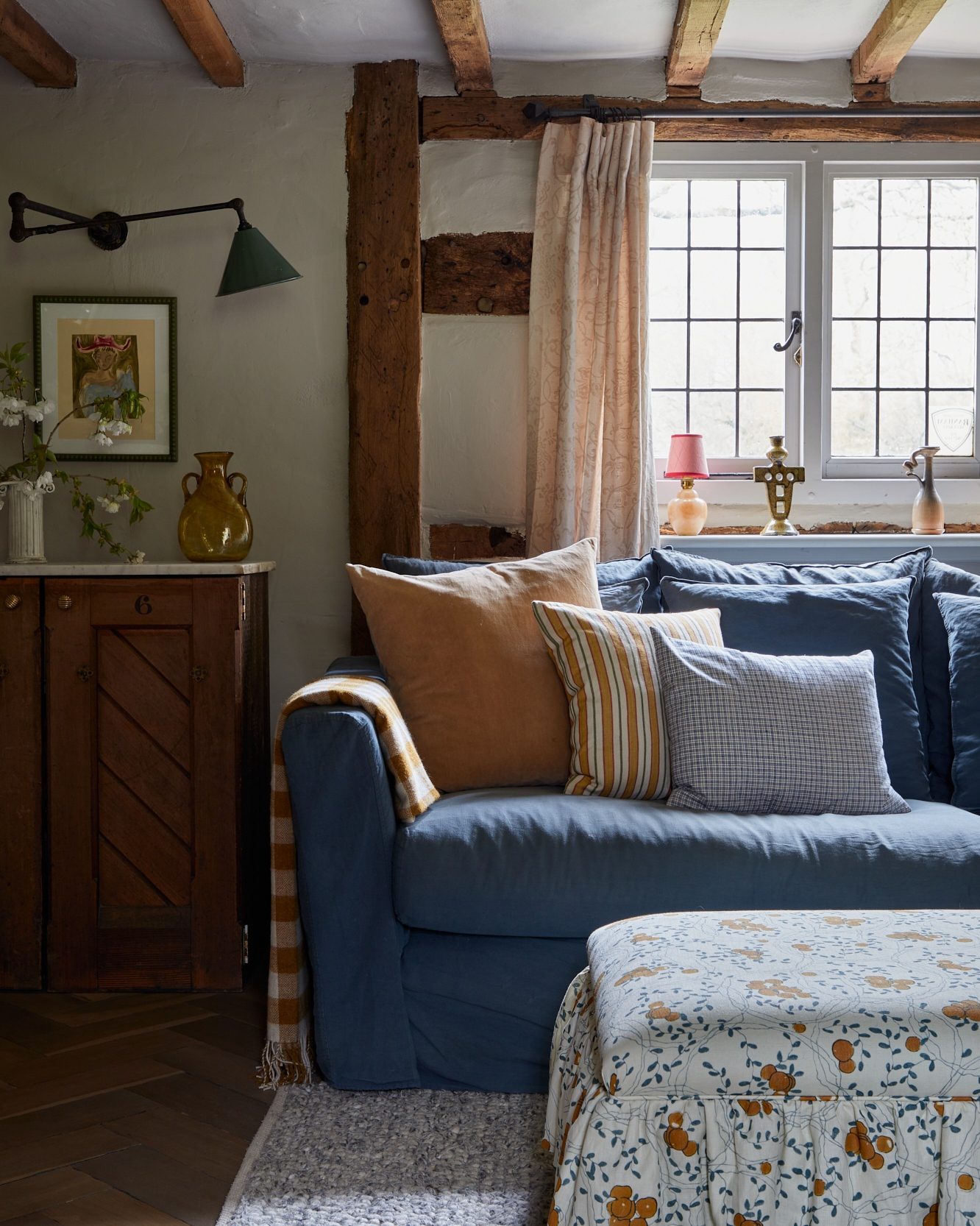
Design by Vaughan Design & Development

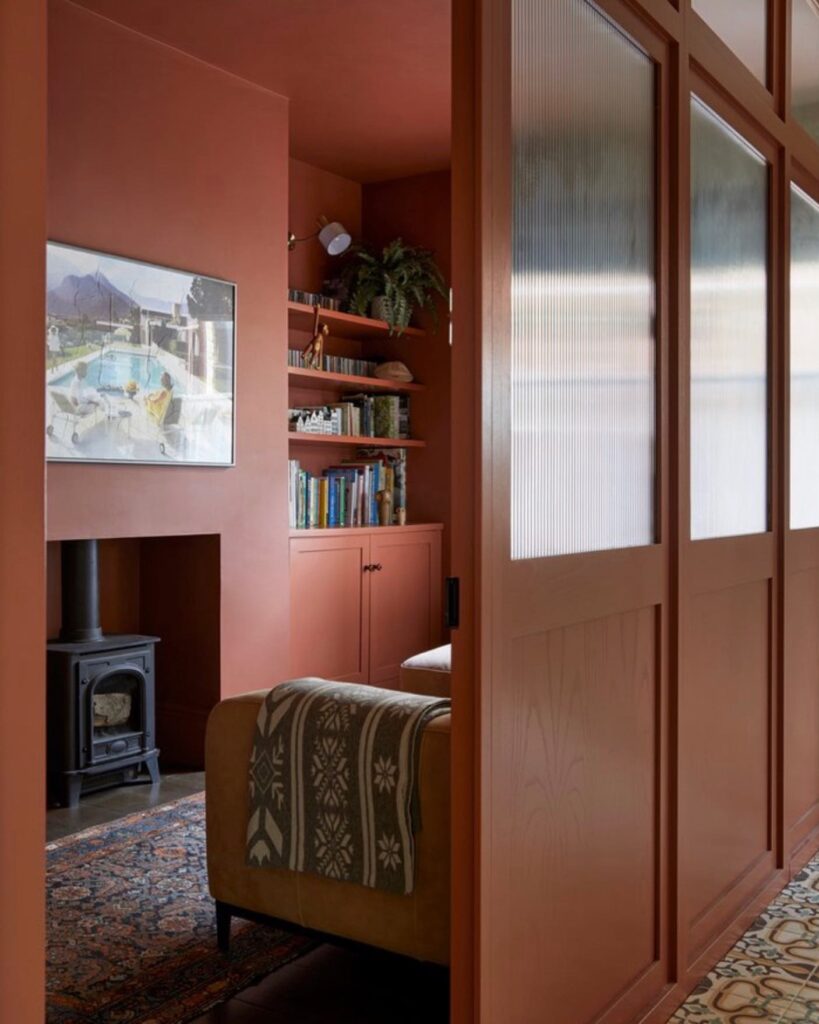
Design by Fiona Duke Interiors, Photography by Anna Stathaki
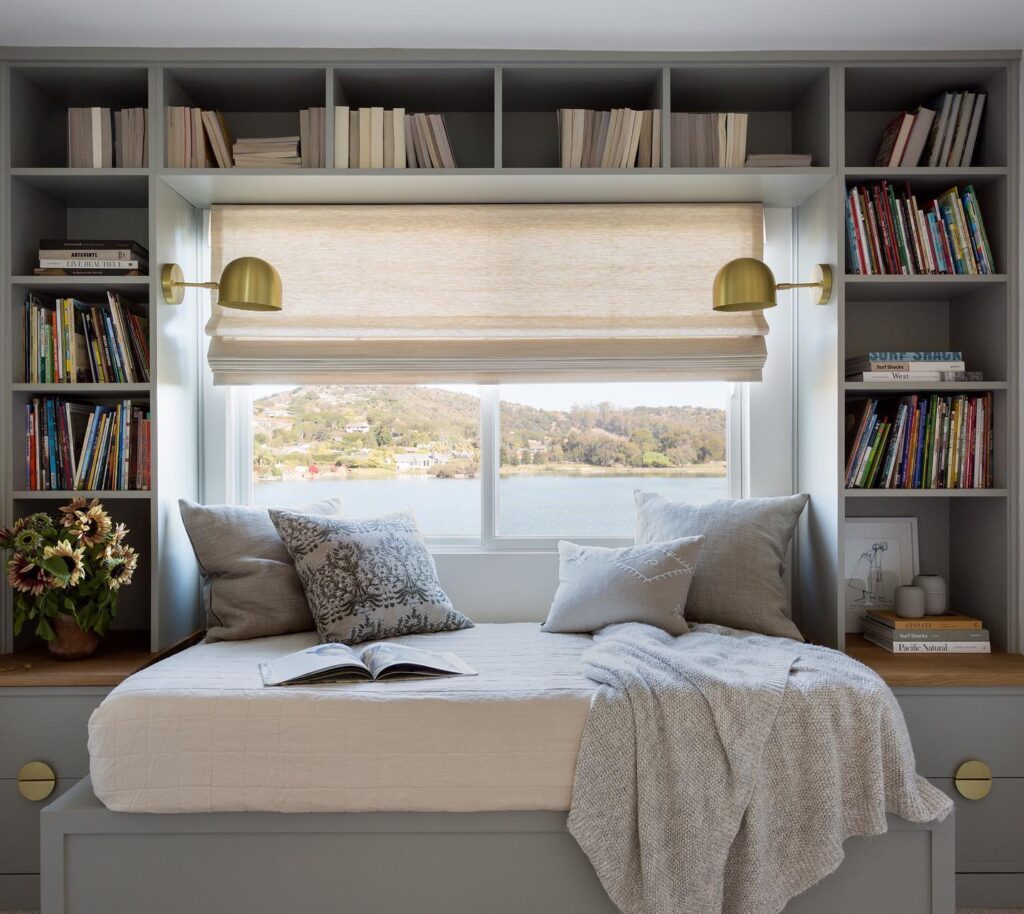
Design by Katie Monkhouse / Photography by Amy Bartlam
Yet another example of English style infiltrating mainstream design, the snug is a layout feature that offers incredible versatility and comfort—both of which deserve a place in modern homes.
BY: Stephanie Weers

